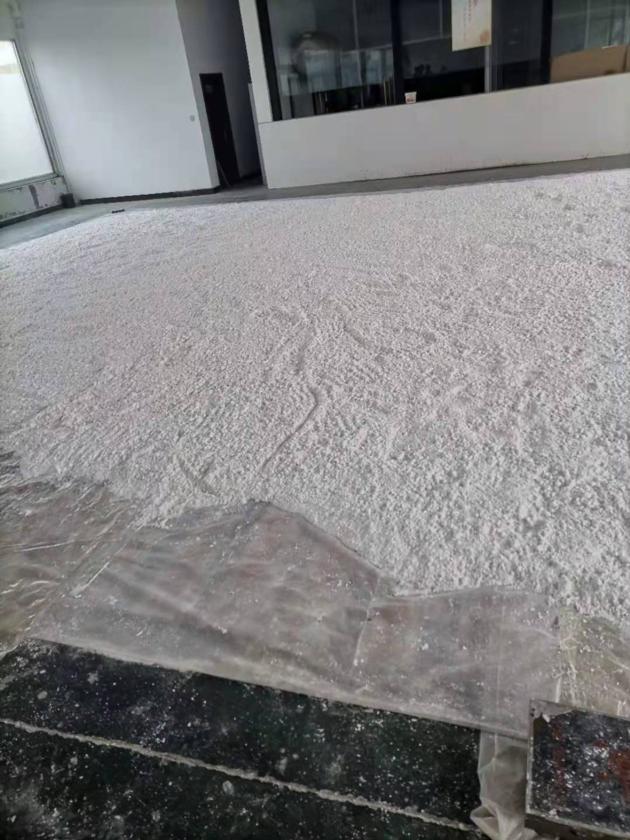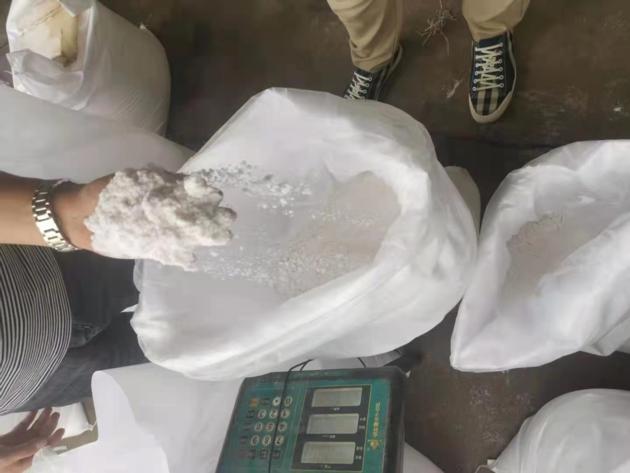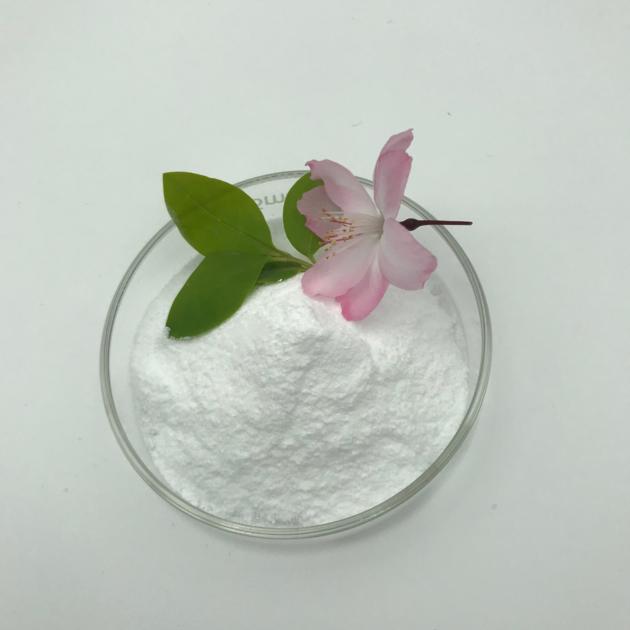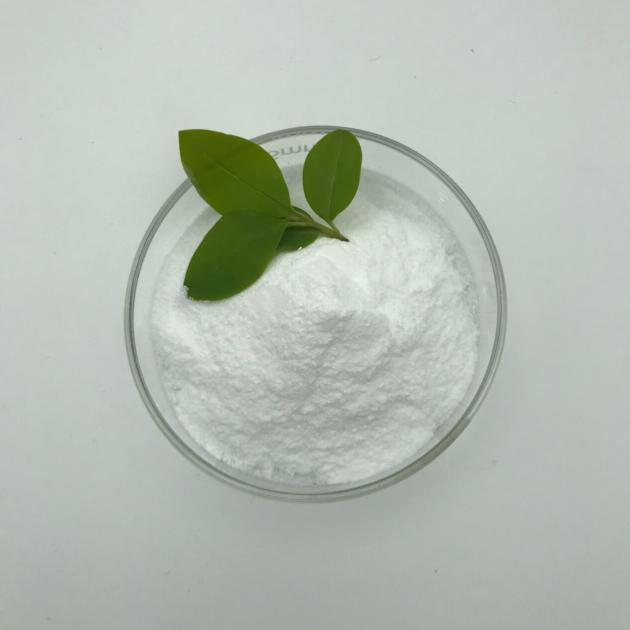Advertisements



Microcrystalline Cellulose Cas 9004-34-6
| Price: | US$ 3 |
|---|---|
| Minimum Order: | 1kg |
| Payment Terms: | Bitcon /Westunion/Paypal/Bankcard or others |
| Port of Export: | Tianjin |
Product Details
| Model No.: | Brand Name: | kunsuo |
|---|
| Certification: | |
|---|---|
| Specification: |
Product Name: Microcrystalline cellulose
Synonyms: AVICEL PH;AVICEL PH 101(R);AVICEL PH 102;AVICEL PH 105(R);AVICEL(R);''AVICEL(R)'';AVICEL SF;AVIRIN CAS: 9004-34-6 MF: H2 MW: 2.01588 EINECS: 232-674-9 Product Categories: CarbohydrateSerum-free Media;Companion Products and Reagents;Nutritional Supplements;Insect Platform;Metabolic Pathways;Metabolites and Cofactors on the Metabolic Pathways Chart;Carbohydrate;Cellulose;Materials Science;Natural Polymers;Polymer Science;Polymers;API Mol File: 9004-34-6.mol Microcrystalline cellulose Structure Microcrystalline cellulose Chemical Properties Melting point 76-78 ®C(Solv: acetone (67-64-1); chloroform (67-66-3)) density 1.5 g/cm3 (20℃) refractive index n20/D 1.504 Fp 164 ®C storage temp. room temp solubility Practically insoluble in water, in acetone, in anhydrous ethanol, in toluene, in dilute acids and in a 50 g/L solution of sodium hydroxide form powder color White or almost white Odor Odorless PH 5-7.5 (100g/l, H2O, 20℃)(slurry) Water Solubility insoluble Merck 14,1965 Stability: Stable. Combustible. Incompatible with strong oxidizing agents. InChIKey UFHFLCQGNIYNRP-UHFFFAOYSA-N EPA Substance Registry System Cellulose (9004-34-6) |
Packaging & Delivery
| Packaging: | 25kg per bag or as requirment |
|---|---|
| Delivery/Lead Time: | 7-15 Days |
| Production Capacity: | 10000000kg |
Product Description
Product Name: Microcrystalline cellulose
Synonyms: AVICEL PH;AVICEL PH 101(R);AVICEL PH 102;AVICEL PH 105(R);AVICEL(R);''AVICEL(R)'';AVICEL SF;AVIRIN
CAS: 9004-34-6
MF: H2
MW: 2.01588
EINECS: 232-674-9
Product Categories: CarbohydrateSerum-free Media;Companion Products and Reagents;Nutritional Supplements;Insect Platform;Metabolic Pathways;Metabolites and Cofactors on the Metabolic Pathways Chart;Carbohydrate;Cellulose;Materials Science;Natural Polymers;Polymer Science;Polymers;API
Mol File: 9004-34-6.mol
Microcrystalline cellulose Structure
Microcrystalline cellulose Chemical Properties
Melting point 76-78 ®C(Solv: acetone (67-64-1); chloroform (67-66-3))
density 1.5 g/cm3 (20℃)
refractive index n20/D 1.504
Fp 164 ®C
storage temp. room temp
solubility Practically insoluble in water, in acetone, in anhydrous ethanol, in toluene, in dilute acids and in a 50 g/L solution of sodium hydroxide
form powder
color White or almost white
Odor Odorless
PH 5-7.5 (100g/l, H2O, 20℃)(slurry)
Water Solubility insoluble
Merck 14,1965
Stability: Stable. Combustible. Incompatible with strong oxidizing agents.
InChIKey UFHFLCQGNIYNRP-UHFFFAOYSA-N
EPA Substance Registry System Cellulose (9004-34-6)
Chemical Properties Microcrystalline cellulose and carboxymethylcellulose sodium occurs as a white or off-white odorless and tasteless hygroscopic powder containing 5–22% sodium carboxymethylcellulose. It is a water-dispersible organic hydrocolloid.
Chemical Properties Microcrystalline cellulose is a purified, partially depolymerized cellulose that occurs as a white, odorless, tasteless, crystalline powder composed of porous particles. It is commercially available in different particle sizes and moisture grades that have different properties and applications.
Occurrence The fiber in typical paper can be called “cellulosic”, meaning that cellulose is its most prominent component. Cellulose is present not only in wood, but also in various non-woody plants, such as straw, sugarcane (bagasse), reeds, and hemp.
Uses High purity cellulose powders for partition chromatography.
Uses ACCEL-101 is most widely used for direct compression tableting and wet granulation. ACCEL-102 has similar compression properties to ACCEL-101. However, it has larger particle size and therefore, may be of value in improving the flow if fine powders. ACCEL
Uses cellulose is a thickener and an emulsifier. It is obtained from plants. cellulose (microcrystalline) is used as an emulsifier in cosmetic creams. It is the chief constituent of plant fiber.
Uses
Wood contains 50–70% cellulose; cotton and other textile fibers of plant origin contain 65–95%; rayon is prepared by dissolving natural cellulose and then precipitating it from solution, with some loss of crystallinity. Cellulose is made into cellophane film and is used to form fibers, resins, coatings and gums.
Uses Cellulose is a carbohydrate polymer made up of glucose units. It consists of fibrous particles and is used as a fiber source and bulking agent in low-calorie formulations.
Uses Microcrystalline Cellulose is a gum that is the nonfibrous form of cellulose, an alpha-cellulose. It is dispersible in water but not soluble, requiring considerable energy to disperse and hydrate. In this form it is used in dry applications such as tableting, capsules, and shredded cheese where it functions as a non-nutritive filler, binder, flow aid, and anticaking agent. By the addition of carboxymethylcellulose to the alpha-cellulose prior to drying, improved functional properties of hydration and dispersion are obtained. This product is designed for use in water dispersions, being insoluble in water but dispersing in water to form colloidal sols below 1% and white opaque gels above the 1% usage level. It is used as a heat shock stabilizer and bodying agent in frozen desserts, as an opacifier in low-fat dressings, as a foam stabilizer in whipped toppings, and as an emulsifier in dressings. Also termed cellulose gel.
Definition A natural carbohydrate high polymer (polysaccha- ride) consisting of anhydroglucose units joined by an oxygen linkage to form long molecular chains that are essentially linear. It can be hydrolyzed to glucose. The degree of polymerization is from 1000 for wood pulp to 3500 for cotton fiber, giving a molecular weight from 160,000 to 560,000. Cellulose is a colorless solid, d approximately 1.50, insoluble in water and organic solvents. It will swell in sodium hydroxide solution and is soluble in Schweitzer’s reagent. It is the fundamental con- stituent of all vegetable tissues (wood, grass, cotton, etc.) and the most abundant organic material in the world. Cotton fibers are almost pure cellulose; wood contains approximately 50%. The physical structure of cellulose is unusual in that it is not a single crystal but consists of crystalline areas embedded in amorphous areas. Chemical reagents penetrate the latter more easily than the former. Cel- lulose is virtually odorless and tasteless and is com- bustible, with an ignition point of approximately 450F. In some forms, it is flammable. For example, railroad shipping regulations require a flammable label on such items as burnt fiber, burnt cotton, wet waste paper, and wet textiles. Fires have been known to occur in warehouses in which telephone books were stored. These were undoubtedly due to heat buildup in the paper caused by microbial activity and self-sustaining oxidation.
Production Methods Microcrystalline cellulose and carboxymethylcellulose sodium is a spray- or bulk-dried blend of microcrystalline cellulose and sodium carboxymethylcellulose. It is prepared by the chemical depolymerization of highly purified wood pulp. The original crystalline areas of the pulp fibers are combined with sodium carboxymethylcellulose, which serves as a protective colloid and also facilitates dispersion of the product; it is then either spray- or bulk-dried.
Production Methods Microcrystalline cellulose is manufactured by controlled hydrolysis with dilute mineral acid solutions of α-cellulose, obtained as a pulp from fibrous plant materials. Following hydrolysis, the hydrocellulose is purified by filtration and the aqueous slurry is spraydried to form dry, porous particles of a broad size distribution.
General Description Odorless, white powdery fibers. Density 1.5 g cm-3. The biopolymer composing the cell wall of vegetable tissues. Prepared by treating cotton with an organic solvent to de-wax Cellulose microcrystalline and removing pectic acids by extration with a solution of sodium hydroxide. The principal fiber composing the cell wall of vegetable tissues (wood, cotton, flax, grass, etc.). Technical uses depend on the strength and flexibility of its fibers. Insoluble in water. Soluble with chemical degradation in sulfuric aicd, and in concentrated solutions of zinc chloride. Soluble in aqueous solutions of cupric ammonium hydroxide (Cu(NH3)4(OH)2).






|
SUPPLIER PROFILE
|
|||
|---|---|---|---|
| Company: | Henan Kunsuo Trading Co., Ltd. | ||
| City/State | zhengzhou, 河南省 | Country: |
China 
|
| Business Type: | Export - Manufacturer / Trading Company | Established: | 2021 |
| Member Since: | 2021 | Contact Person | Amily Jia |
SUPPLIER PROFILE
City/State/Country -
zhengzhou, 河南省
China 

Business Type -
Export - Manufacturer / Trading Company
Established -
2021
Member Since -
2021
Contact Person -
Amily Jia



